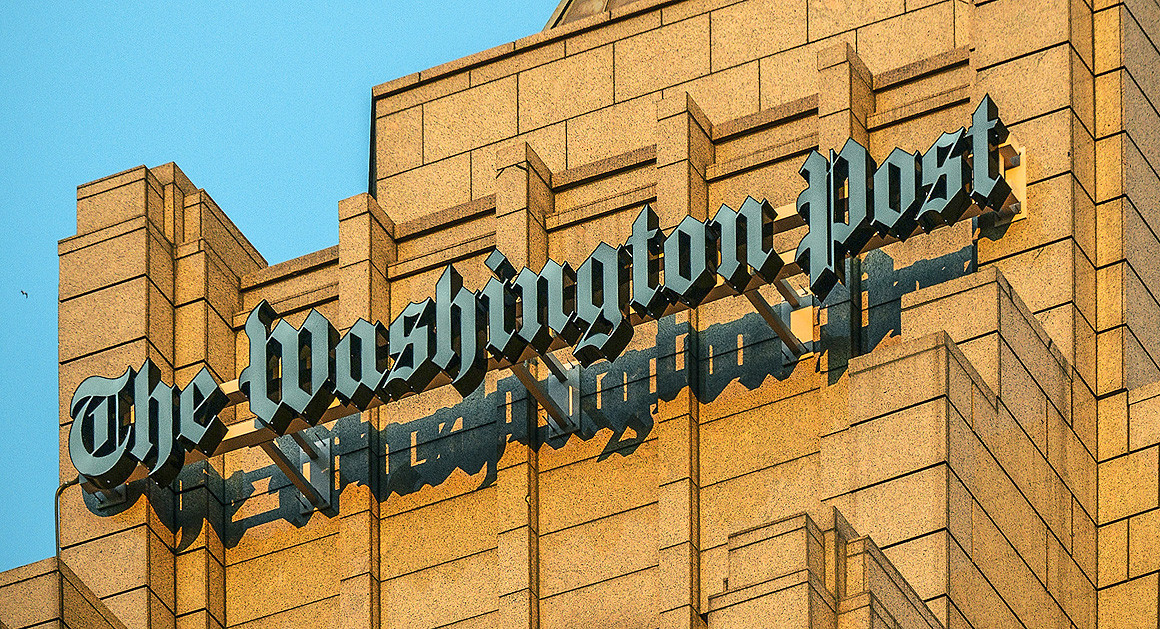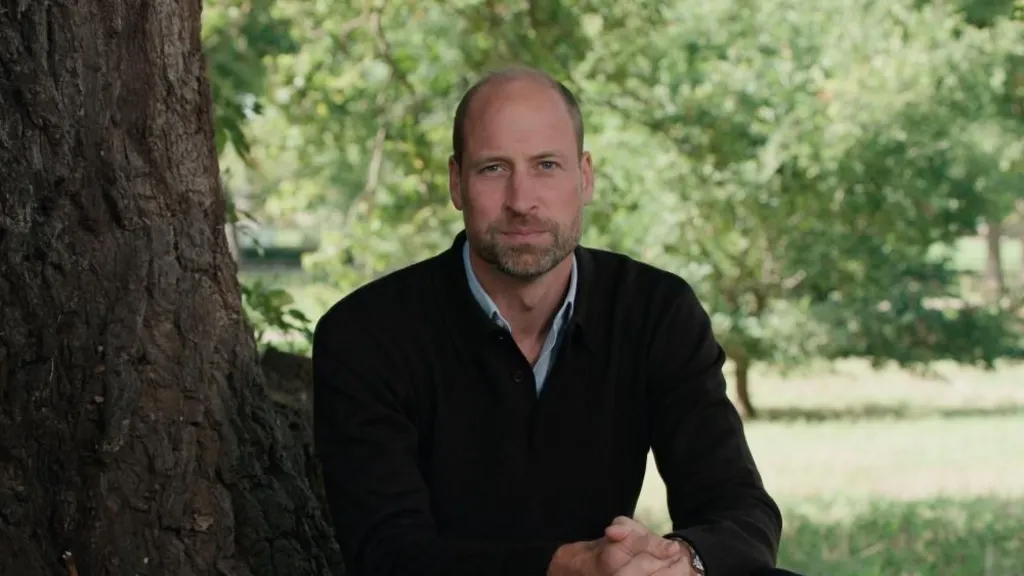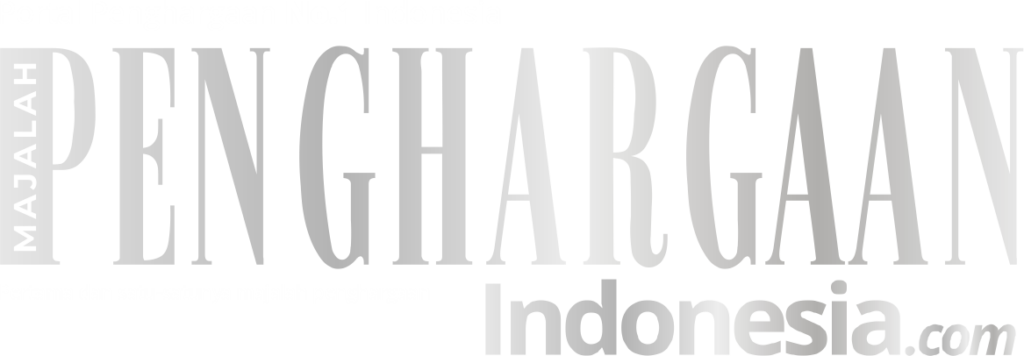On Wednesday, Will Lewis, the newly installed publisher and chief executive of The Washington Post, addressed the staff at the newspaper’s Washington, D.C. headquarters to lay out his strategic plan for securing a financially sustainable future for the storied publication.
Donning a navy blue blazer, button-down shirt, and his trademark sneakers—reflecting his preference for a more relaxed style—Lewis began by confronting the harsh financial realities The Post faces. He disclosed that the newspaper had experienced a $77 million loss over the past year and a dramatic 50% decline in its audience since the peak year of 2020.
“To speak candidly,” Lewis said at the start of the 90-minute meeting, “we are in a hole, and we have been for some time.”
Nevertheless, Lewis outlined a bold and comprehensive plan to rejuvenate the institution known for its trailblazing journalism and influential reporters. This plan, part of what he called the “build it” phase of the turnaround initiative, follows the earlier “say it” and “fix it” phases. Using a pyramid diagram in his PowerPoint presentation, Lewis illustrated the new business opportunities the plan aims to create.
The pyramid displayed traditional subscription models alongside new, innovative subscription and payment options. Among these new revenue streams are “flexible payments,” described as “frictionless payments” designed to attract a potentially untapped market. For instance, readers interested in a single article on The Post’s website will soon be able to make a one-time purchase via services like Apple Pay, with this feature expected to roll out next quarter.
Furthermore, The Post plans to introduce new subscription tiers named Post Pro and Post Plus, targeting both working professionals and devoted readers. These tiers will offer additional products, including a forthcoming newsletter focused on climate and economic issues. This strategy follows the successful premium subscription models employed by other media outlets such as Axios and POLITICO, which have successfully diversified their revenue streams.
“We think that we’ve been a one-size-fits-all organization for too long,” said Karl Wells, chief growth officer at The Post. “We’re excited to create a new set of consumer and professional products that better meet the needs of our multi-faceted audiences.”
Lewis’s plan also includes significant technological advancements. Vineet Khosla, the chief technology officer and a Silicon Valley veteran, joined Lewis on stage to discuss the integration of artificial intelligence (A.I.) into The Post’s operations. Khosla acknowledged the prevalent fear surrounding A.I. but emphasized its potential as a game-changing tool.
“I totally get that there is a huge fear of A.I. everywhere,” Khosla said. “But I want us to go beyond the fear. The way I see us operate is we have A.I. everywhere. We have A.I. in our newsroom; we have A.I. with our consumers; we have A.I. in the business… Start thinking of it as a copilot.”
The newspaper is already experimenting with machine learning models. It has begun using A.I.-generated voices for select newsletters, and an internal memo from Executive Editor Sally Buzbee announced an expansion of A.I.-generated article summaries, which will be edited by human staff.
At the same time, Kathy Baird, the chief communications officer, emphasized the newspaper’s efforts to strengthen the relationship between its journalists and the audience. This initiative aims to promote key journalists and foster a closer connection with readers, emphasizing the human element of journalism even as A.I. becomes more integrated into the newsroom.
Whether these comprehensive initiatives will be sufficient to reverse The Post’s financial difficulties remains uncertain. The challenges are substantial, as highlighted by the troubling financial disclosures. However, Lewis voiced confidence that these measures will set The Post on a path to renewed success. “I really hope at some point in the future, when you look back on this day,” Lewis concluded, “it’s actually quite a significant day in the history of our company.”









